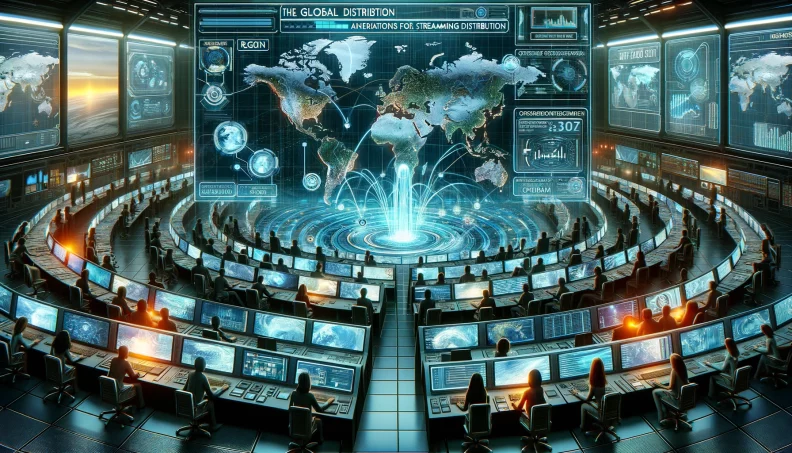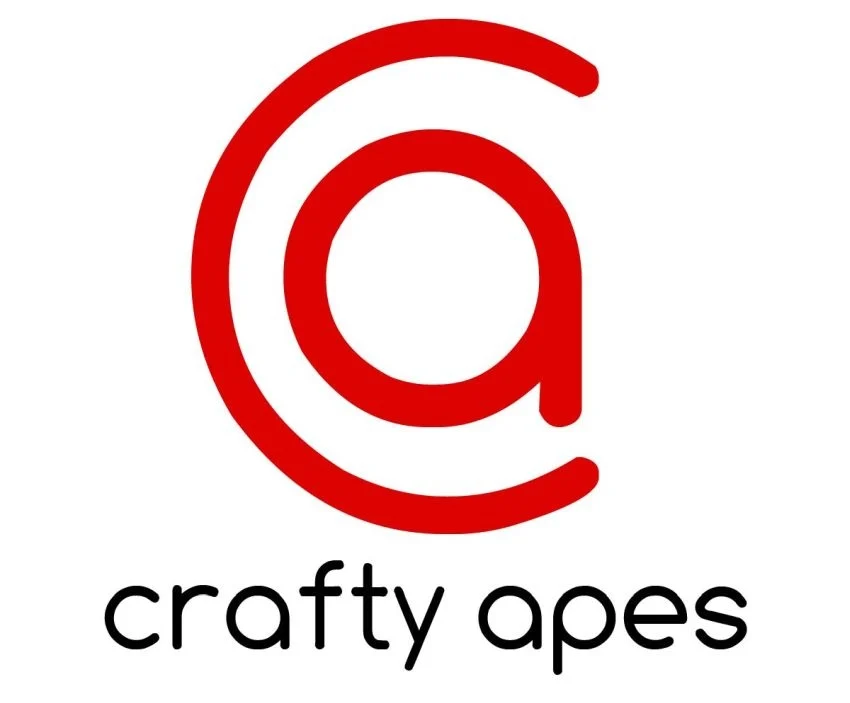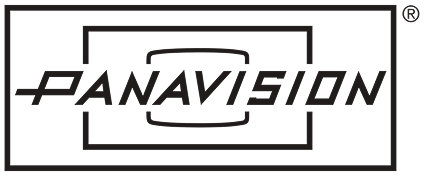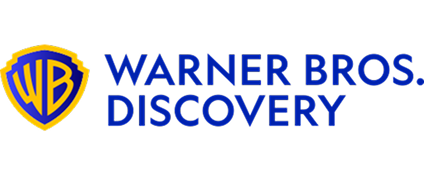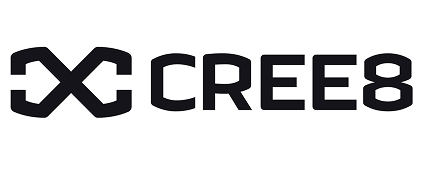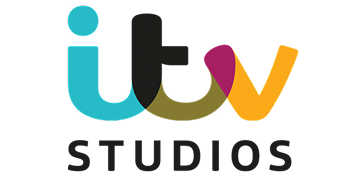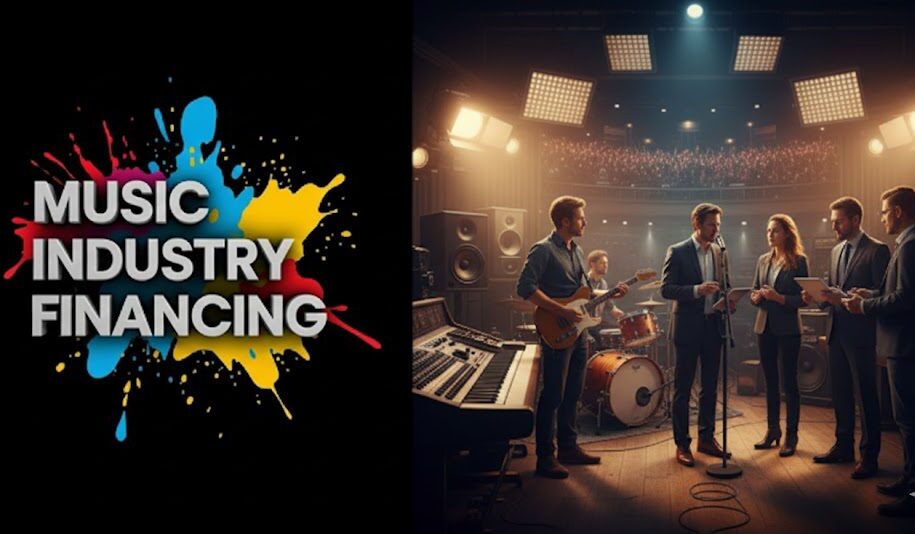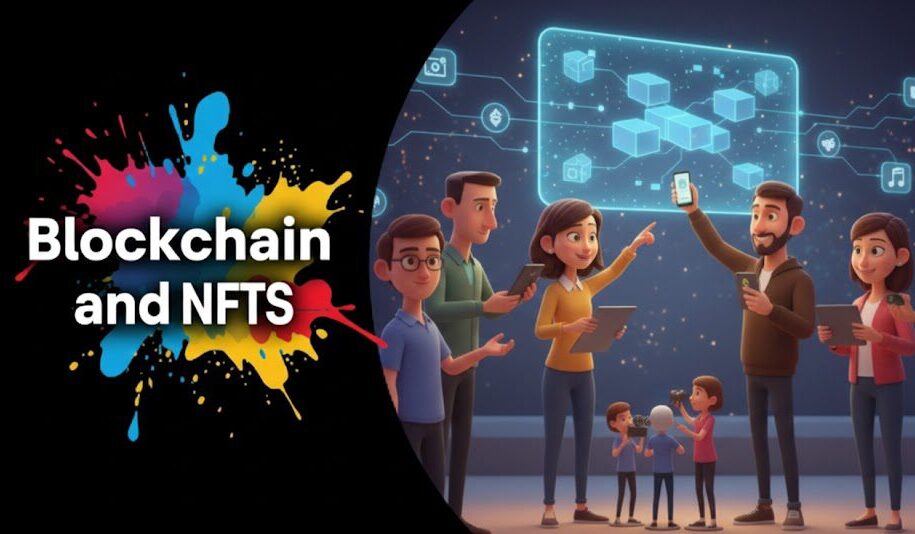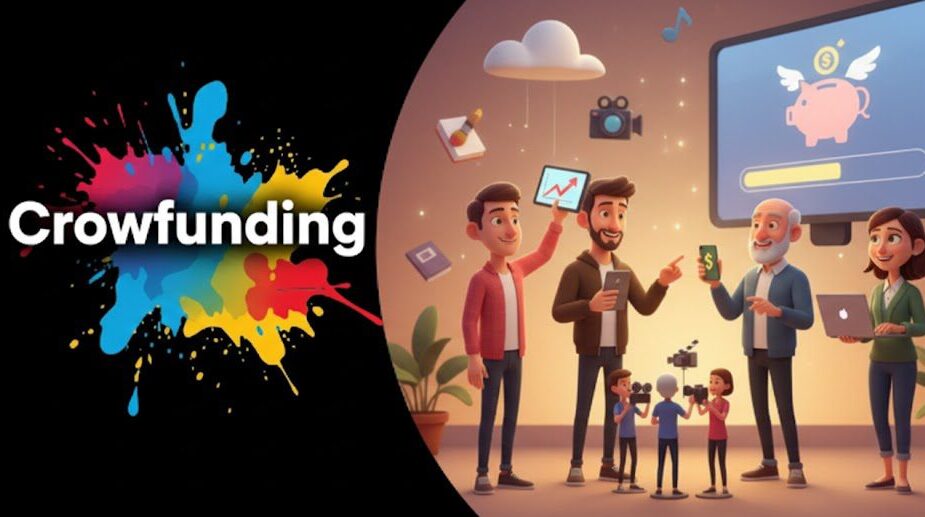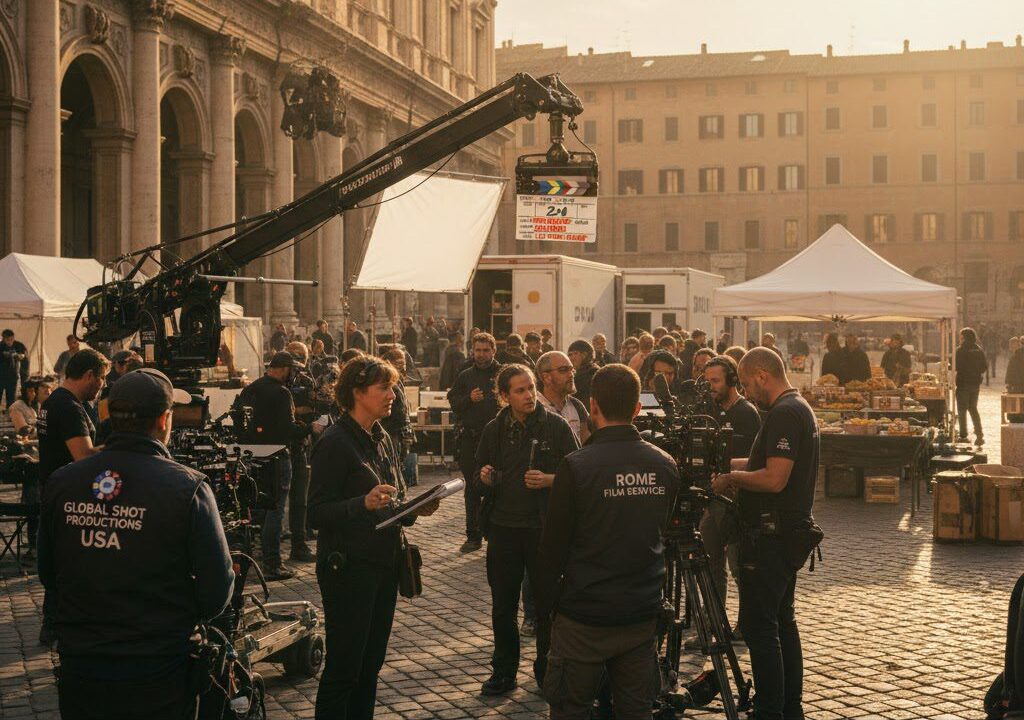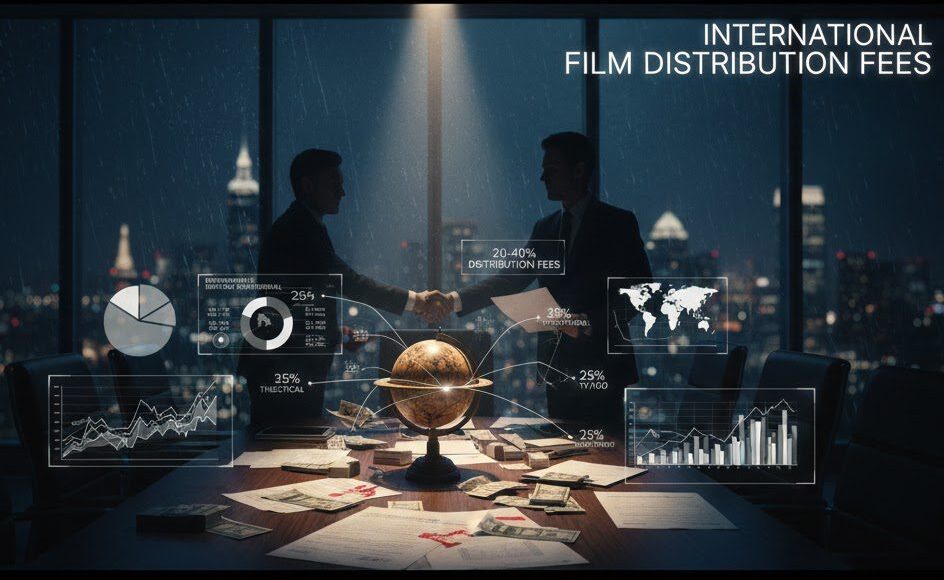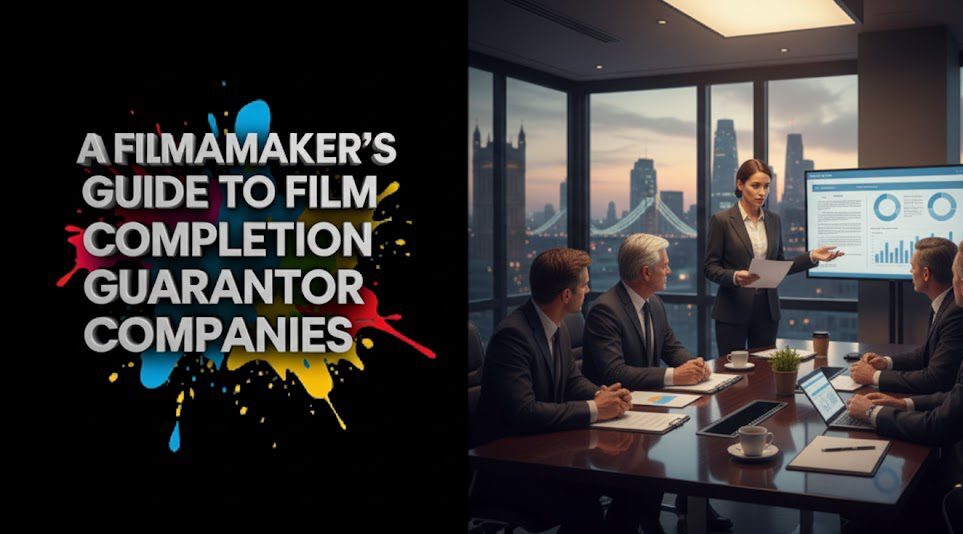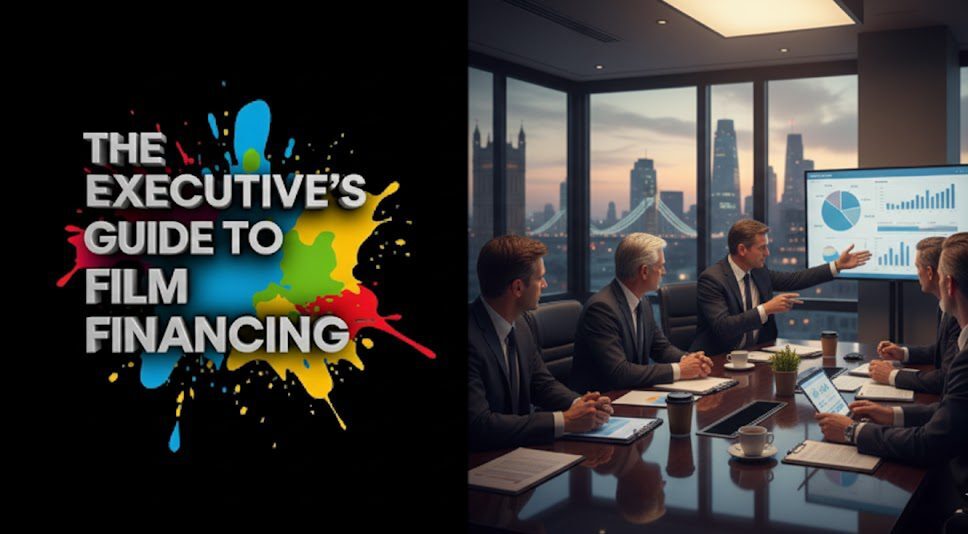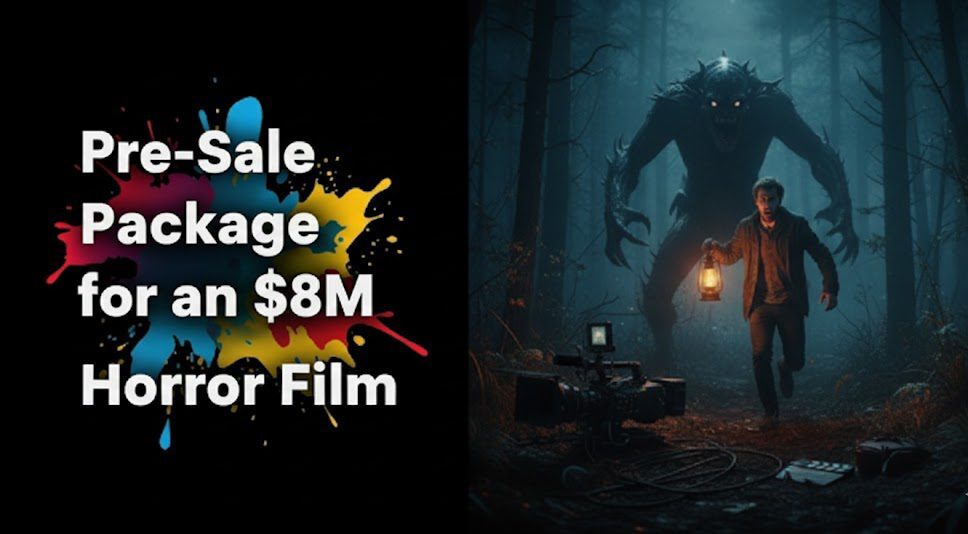Introduction
Animation continues to dominate the global entertainment landscape, evolving from traditional 2D art forms to immersive 3D experiences. In 2025, both 2D and 3D animation studios are pushing creative boundaries, blending innovative technology with storytelling expertise. This article explores the top animation studios worldwide, highlighting their specializations, technological advancements, and major projects.
Table of content
Key Takeaways
| Aspect | Description |
| Top Animation Studios | Leading names in 2D and 3D animation for 2025 |
| Innovation and Technology | AI-driven tools, real-time rendering, and hybrid animation |
| Animation Across Media | Films, TV, video games, and commercials |
| Notable Collaborations | Partnerships with streaming platforms and global clients |
| Future Trends | Integrating AI, VR, and hybrid animation techniques |
Transform Your Story with Stunning Animation!

Studio Specializations and Industry Recognition
Leading 2D Animation Studios
Nelvana stands out in the field of children’s animated series, known for its creative storytelling and cultural resonance. Another leader, Xilam, excels in producing content with a distinct European animation style.
Top 3D Animation Studios
DNEG and Prime Focus Technologies are industry leaders in crafting high-quality CGI for blockbuster movies. They are celebrated for their cutting-edge rendering techniques and immersive environments.
Award-Winning Animation Studios of 2025
The Mill is known for its innovative approach to commercials and branded content, while Digital District excels in integrating animation into film narratives, earning multiple accolades.
Anime Production Leaders
Bandai Namco Filmworks is a frontrunner in anime content, producing high-quality series with global appeal.
Innovation and Technology in Animation
AI-Powered Animation Tools
Reliance Animation is pioneering AI-driven workflows, reducing production time and enhancing creative outputs, particularly in character animation.
Real-Time Rendering in Animation
Method Studios uses real-time rendering to visualize animation during production, enabling quicker decision-making.
Hybrid Animation Techniques: 2D Meets 3D
Yash Raj Films blends traditional and digital methods to create vibrant animations that resonate with diverse audiences.
Animation for Different Media and Genres
Children’s and Family Animation
Nelvana creates beloved animated series for younger audiences, balancing entertainment with educational themes.
Video Game Animation
Prime Focus Technologies and DNEG are integral to crafting visually rich game cinematics, blending storytelling with interactive elements.
Commercial Animation
The Mill produces high-impact commercials, integrating 2D and 3D animation to captivate audiences.
Notable Collaborations and Projects
Animation studios collaborate with streaming giants like Netflix and Amazon Prime. Bandai Namco Filmworks has partnered with international studios for co-productions, boosting global reach.
Looking for Cutting-Edge Animation Solutions?

Top 10 2D and 3D Animation Studios in 2025
Future of Animation in Entertainment
The future lies in integrating AI-driven techniques, enhancing real-time animation rendering, and creating interactive content. As hybrid styles gain popularity, studios will continue to push creative boundaries, merging traditional artistry with modern technology.
Conclusion
Animation continues to be a dynamic and evolving field, with leading studios setting trends that shape visual storytelling. Whether through the realism of DNEG or the creativity of Nelvana, the future of animation looks promising, driven by innovation and artistic excellence.
Frequently Asked Questions
Generally, 2D animation is more cost-effective due to its simpler production process.
DNEG and Prime Focus Technologies are at the forefront of CGI and 3D animation.
Nelvana leads in producing engaging and educational animated series.
2D animation often has a simpler production process, lower costs, and is ideal for stylized or hand-drawn aesthetics.


